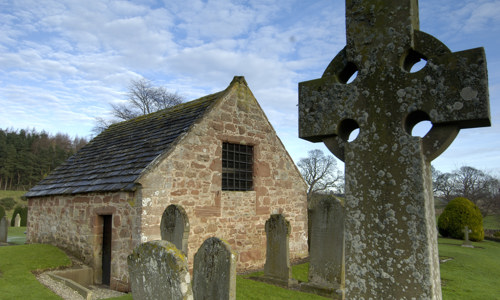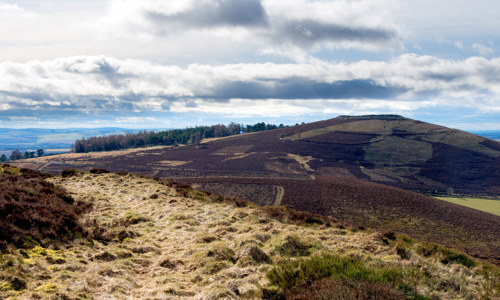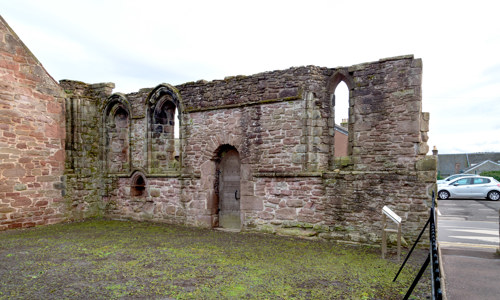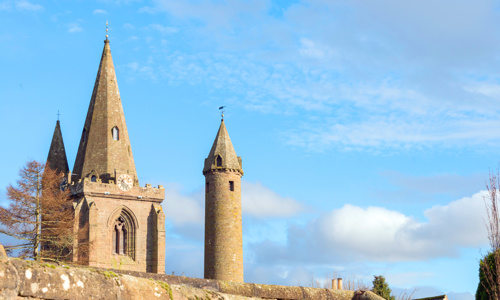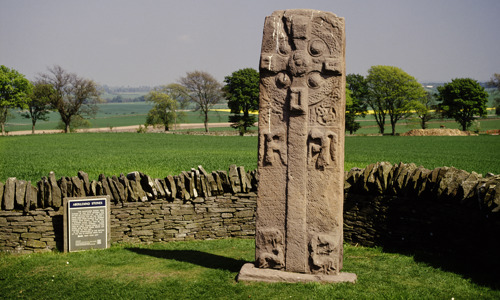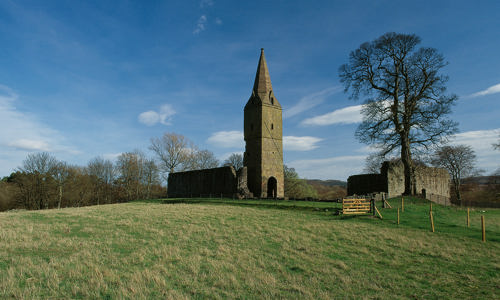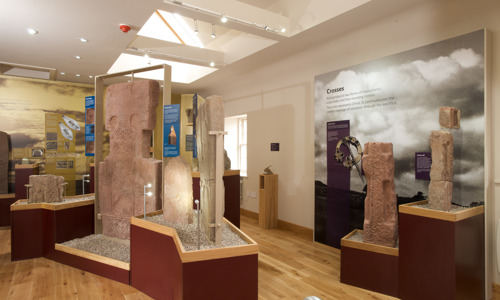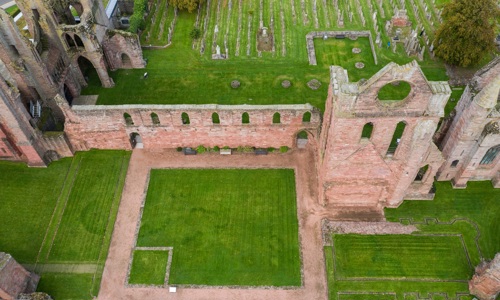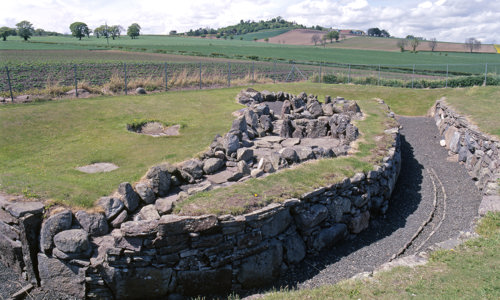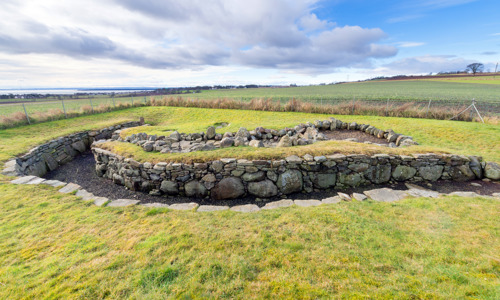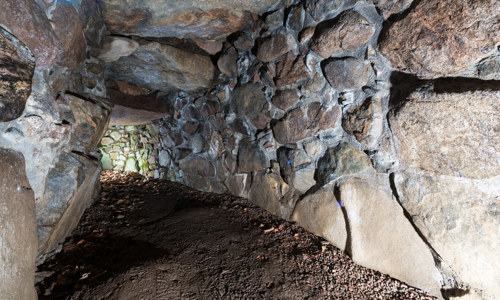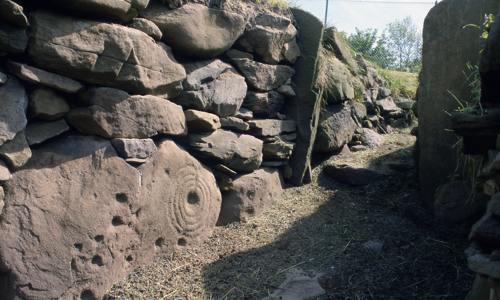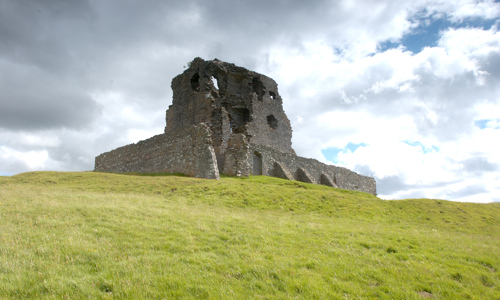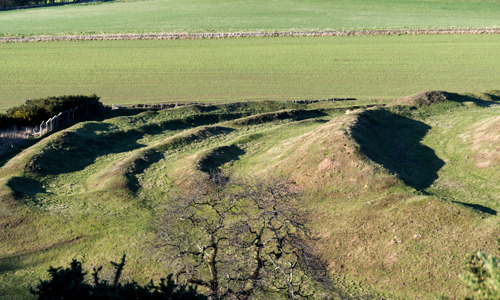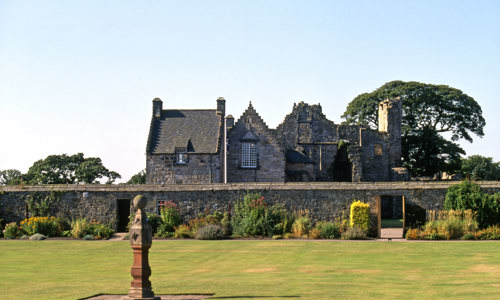History
Edzell Castle was home to the Lindsays, a gifted, turbulent and tragic noble family who acquired the estate in 1358. The lordly seat was a motte and bailey residence near the medieval church. In the 1500s, the family built a brand new castle – the one we admire today.
The red sandstone castle walls, set amid pleasant green parkland, make an attractive setting. The icing on the cake of the new residence was the great garden, added in 1604.
The ‘lichtsome’ Lindsays
The head of the family known as the ‘lichtsome [carefree] Lindsays’ became Earl of Crawford and one of the most powerful men in the realm.
In the mid-1400s, David, the 3rd Earl, made Edzell a separate inheritance for his younger son, Walter. The castle remained with this junior branch of the family for the rest of its days as a Lindsay residence.
For a time in the 1500s, this junior branch also held the earldom of Crawford in the person of David, the 9th Earl. It was he who began building the new residence.
The Edzell Castle we see today:
- was centred on an impressive tower house
- housed state apartments in its gatehouse range
- had further family rooms along the courtyard’s north side
The Lindsays’ most famous guests were:
- Mary Queen of Scots, in 1562
- James VI, her son, in 1580 and 1589
The family fell on hard times and had to sell Edzell in 1715 because of mounting debts. Then its new owner, the Earl of Panmure, lost his lands because of his part in the Jacobite Rising of the same year.
Edzell’s days as a noble residence were over.
The great garden
The Lindsays’ greatest building achievement at Edzell was the wonderful walled garden. The 9th Earl’s son, David, Lord Edzell, added it in 1604.
The present garden layout was recreated in the 1930s. But the garden’s most striking and unusual features are its four original enclosing walls, which display a series of unique carved panels.
The panels portray the:
- Seven Cardinal Virtues
- Seven Liberal Arts
- Seven Planetary Deities
Sir David clearly intended to stimulate both mind and senses. His garden is unique in Scotland and gives Edzell a distinctive place in the art history of the European Renaissance.
Natural history
Though no longer inhabited by humans, the castle is home to many animals.
In and around the castle can be seen:
- bats
- barn owls
- brown hares
- red squirrels


